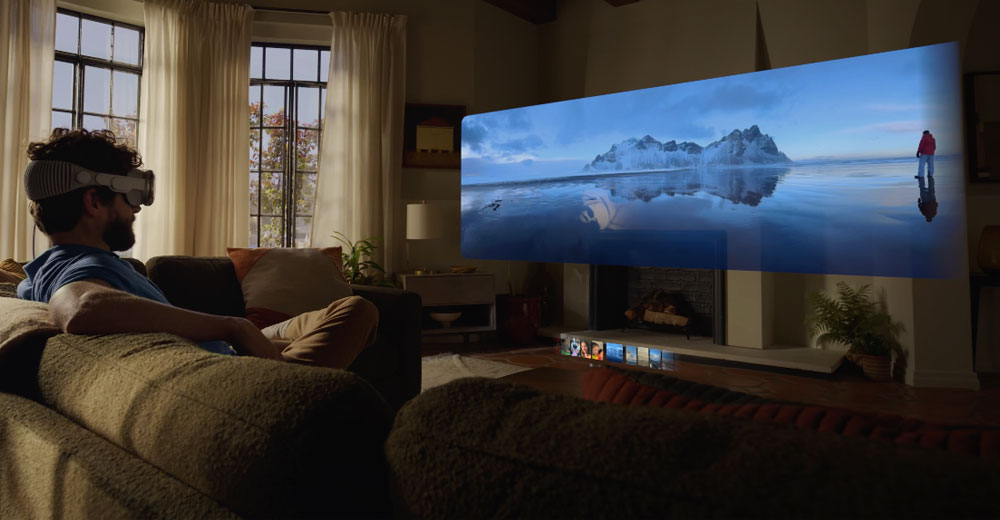Brand ID is key to every company’s success and growth. Why then do so many senior executives at so many different companies screw it up? When you come up with a winning brand ID, it’s OK to build on it and to change it for the better, but not for the worse.
Customers buy from you based on your brand ID. If that changes, then customers may change their buying habits as well. It happens more often than you can imagine.
If you are fortunate enough to build a winning brand, you must do everything in your power to either maintain or increase the brand value and brand ID with your customers and the marketplace.
Following are a few examples of brand ID gone wrong.
Dasani Water Diluted Its Brand ID Value
One is Dasani water, from Coca-Cola. Water bottles are very popular. Water is water. The problem with most is the plastic bottle is thin and crinkly. Only a few brands use a heavier clear plastic. This appeals to customers and establishes a kind of brand ID.
Dasani was one of those brands. Sure, it cost more than competitors, but customers got what they paid for — perhaps not from the water, but from the sturdier bottles.
Now, Dasani water bottles seem to be thinner and crinklier. That means Coca-Cola diluted the brand ID. It is no longer a fit for customers who want the thicker plastic. Plus, it is still priced at a premium compared to competitors.
Why does Coca-Cola think it can lessen the Dasani brand ID, charge the same price, and not take a hit in sales? It is one of the world’s largest and best-known beverage companies. It should know better.
The rule is simple. If you cut costs and dilute your brand ID, your customers will notice. Period. This is a mistake too many companies make.
Dunkin’ Donuts, Krispy Kreme Diminished Their Brand IDs
Dunkin’ Donuts used to have TV commercials showing an old man with a mustache stumbling out of bed in the middle of the night mumbling, “it’s time to make the donuts.” That was back in the day when the donuts were always soft, fresh and delicious. In fact, the policy was to throw away donuts after four hours and replace them with new ones.
That’s why customers loved them, and Dunkin’ Donuts was a huge success back then. Today, walk into a Dunkin’ Donuts and you’ll find a stale product unless you get very lucky. It’s not worth the trip. This is a big disappointment to the customer.
Dunkin’ Donuts reduced its brand ID and gave customers less than what they expected. This is why the company is not the favorite in the space any more. It created its own problems by trying to save money.
Krispy Kreme donuts took its place for a while. Its shops have a red sign out front that says, “Hot Donuts Now.” When lit, it’s a magnet for people driving by, who will line up to get a fresh, fluffy, melt-in-your-mouth donut. This was a hit, and customers loved it. It was legendary. There was always a line of cars when the red sign was on. It created a strong brand ID.
Today, Krispy Kreme is screwing with its brand ID. It seems that red sign is rarely lit. When it is, a line of cars still materializes to wait for fresh donuts. However, that sign was lit more times than not years ago, but today it’s hardly ever on.
This is very disappointing to customers who would like to go back to the old days when they more often could enjoy fresh donuts that would melt in their mouth.
KFC and Colonel Sanders
Kentucky Fried Chicken, or KFC, was terrific back in the day when Colonel Sanders went from store to store and trained workers how to make the perfect fried chicken. Pieces were perfect. They were large and plump and juicy and not overcooked. Customers loved it, and that practice built a strong brand ID.
Today, KFC is very inconsistent. Walk into one KFC and it’s a good experience, and walk into another and it’s terrible. In too many stores the chicken is dry, the pieces are small, and it’s not worth the money. This disappoints customers and breaks the brand ID the colonel built over time.
Why do companies that invest a lot of time and effort into building an incredible brand ID take the wrong path and fail? Why do they choose to disappoint their customers to the point where they simply don’t visit any longer?
Do they think customers won’t notice? If so, they are very wrong.
Some companies have a CEO who is interested only in the numbers — who doesn’t understand that a customer’s relationship with a brand is built on love, not money. When they miss this point, they often make disastrous mistakes. Often, they blame the marketplace or something else.
In addition to being great business people, CEOs and senior executives need to understand the love their customers have for their brand. It’s really that simple, but that’s where most companies go wrong.
Too many company leaders are more interested in the numbers. They don’t understand their own product. They don’t love the product.
The CEO Must Love the Product to Build a Strong Brand ID
The secret to ultra-successful companies is this: The CEO must love the product the same way the customer does — the same way the founder did.
CEOs who can’t fall in love with the products they sell are in the wrong job.
Of course CEOs must be focused on the numbers. However, they also must understand their customers. They must understand the secret brand ID they have built over time in the marketplace. They must continue to build and strengthen their bond with the customers.
If they don’t, then ultimately they will lose.
There are many examples of brand ID missteps. In fact, I am sure if you could easily come up with a list of your own, recalling places you used to love doing business with, but that changed over time, so that the spark no longer is there.
If you’re in control of a brand ID, think of the customers you risk losing to the competition, the same way Dunkin’ Donuts lost to Krispy Kreme. If Krispy Kreme is not as consistent as it used to be, which donut shop will be the next great brand?
CEOs in every company in every industry must ask themselves this question every day. Sure, they must be great at numbers, but they also must connect with their users on a personal level. They have to be great at both numbers and emotion.
CEOs and executives must be in love with their product. They must want to share that love with the marketplace. I remember the CEO of Coca-Cola always had a Coke in his hand when he did media interviews a decade or so ago.
That’s an important secret to success. Love the brand. That’s the only way to build your brand. That’s what brand ID is all about.
























































Social Media
See all Social Media